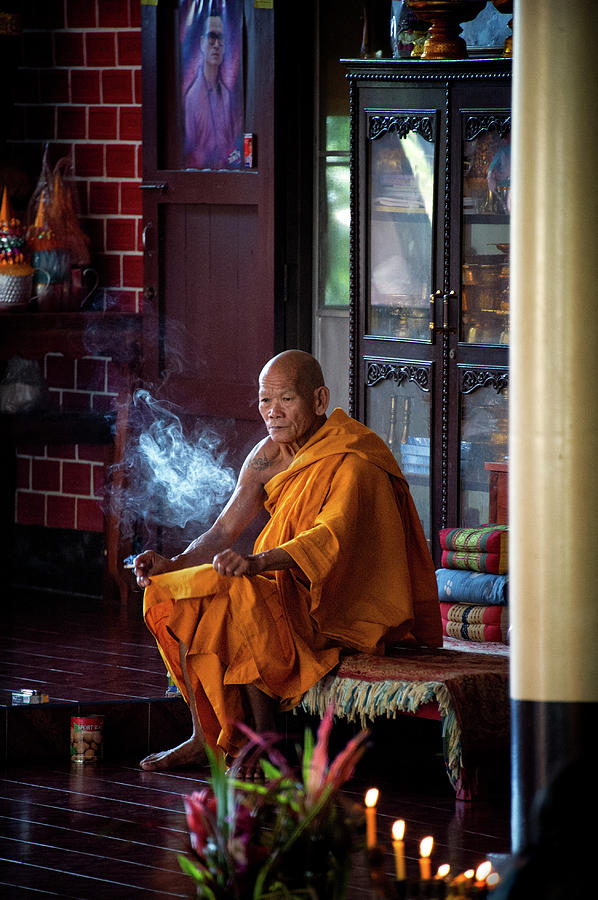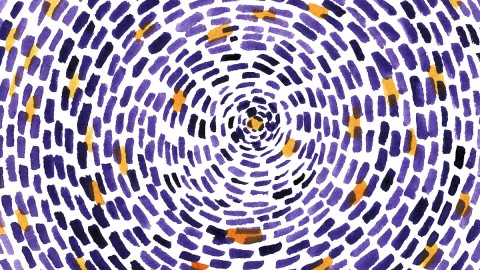Emptiness Is A Mode Of Perception
What Do Buddhists Mean When They Talk About Emptiness?
Emptiness is a mode of perception, a way of looking at experience. It adds nothing to, and takes nothing away from, the raw data of physical and mental events. You look at events in the mind and the senses with no thought of whether there’s anything lying behind them.
This mode is called emptiness because it is empty of the presuppositions we usually add to experience in order to make sense of it: the stories and worldviews we fashion to explain who we are and the world we live in. Although these stories and views have their uses, the Buddha found that the questions they raise—of our true identity and the reality of the world outside—pull attention away from a direct experience of how events influence one another in the immediate present. Thus they get in the way when we try to understand and solve the problem of suffering.
Say, for instance, that you’re meditating, and a feeling of anger toward your mother appears. Immediately, the mind’s reaction is to identify the anger as “my” anger, or to say that “I’m” angry. It then elaborates on the feeling, either working it into the story of your relationship to your mother or to your general views about when and where anger toward one’s mother can be justified.
The problem with all this, from the Buddha’s perspective, is that these stories and views entail a lot of suffering. The more you get involved in them, the more you get distracted from seeing the actual cause of the suffering: the labels of “I” and “mine” that set the whole process in motion. As a result, you can’t find the way to unravel that cause and bring the suffering to an end.
If, however, you adopt the emptiness mode—by not acting on or reacting to the anger but simply watching it as a series of events, in and of themselves—you can see that the anger is empty of anything to identify with or possess. As you master the emptiness mode more consistently, you see that this truth holds not only for such gross emotions as anger, but also for even the most subtle events in the realm of experience.
This is the sense in which all things are empty. When you see this, you realize that labels of “I” and “mine” are inappropriate, unnecessary, and cause nothing but stress and pain. You can drop them. When you drop them totally, you discover a mode of experience that lies deeper still, one that’s totally free.
To master the emptiness mode of perception requires firm training in virtue, concentration, and discernment. Without this training, the mind stays in the mode that keeps creating stories and worldviews. And from the perspective of that mode, the teaching of emptiness sounds simply like another story or worldview with new ground rules.
In terms of the story of your relationship to your mother it seems to be saying that there’s really no mother, no you. In terms of your worldview, it seems to be saying either that the world doesn’t really exist, or else that emptiness is the great undifferentiated ground of being from which we all came and to which someday we’ll all return.
Tags: Become Empty










